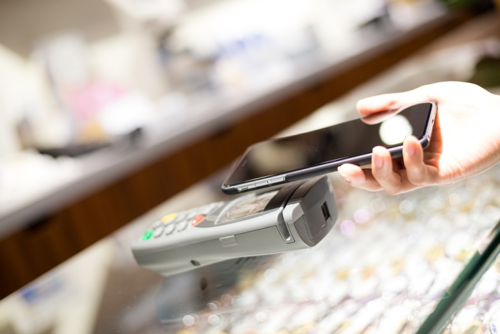A 2015 report by the Pew Research Center states that nearly two-thirds of Americans own a smartphone, and 19 percent lack broadband or other ways to access the internet, so their smartphone is their sole link to stay connected with the world around them. Both groups of people use smartphones for the most obvious reason – keeping in touch with friends and family – but people are more often using their smartphones for other reasons, including news, getting information on directions, traffic and public transportation, and increasingly, travel.
Hotels are increasingly understanding that their guests come connected – not only do most of us own smartphones, we’re on them all day long, from morning until night. As hotel guests, we have come to expect that our rooms will be just as connected as we are. Gone are the days when high-speed broadband was a perk that could make or break a reservation. Not only is internet access expected, it’s not even considered a perk, and lack of internet access could turn away many a guest these days. Hotels are increasingly offering the ability to sync in-room entertainment with what guests have access to on their mobile devices, like Netflix and Hulu. They also make check-in and check-out as easy as tapping their smartphone screens. No more waiting at the reception desk to settle up the minibar charges before checking out.
Utilizing mobile payments has had another unexpected perk for hoteliers - it gets their team members out from behind a desk and gives them the ability to greet guests when they arrive, equipped with a mobile payment device and ready to help them check in, with no lines.
Mobile payments is making travel loyalty programs easier and simpler for travelers, as well. Jet Blue has jumped on this simplified trend, and as switched its rewards program to rewarding customers for the amount of money they spend, rather than basing rewards on the number of nights stayed in a hotel or the miles traveled. This makes it easier to include the smaller purchases hotel guests make throughout their stay in their rewards program. “Customers expect to do as much on mobile devices as they can on computers, including seeing point balances and redeeming awards,” Jet Blue’s Director of Loyalty Marketing Scott Resnick said. “Many travel companies realize that providing a rich and useful mobile experience can be a major driver of customer loyalty in and of itself.”
Mobile payments also work quite well in the restaurant industry, where many restaurants are going to a tableside POS system. There are many advantages to a tableside POS versus the traditional way customers pay their restaurant bills, with the biggest difference being in how the bill is settled. Tableside POS systems allow restaurant customers to pay their bills at the table – and split the bill with friends, if needed – rather than the server taking the customer’s payment card to the register, which was often out of sight of the customer. With a tableside POS system, customers can also order drink refills or dessert, as well. Until recently, the major drawback to tableside POS systems that include EMV technology was that the tip for the server had to be included in the total price of the customer’s bill, which often resulted in chargebacks. Thanks to Tip Adjust technology, the tip can once again be a separate item after purchase, just as with magstripe cards.
Travel, hospitality and mobile payments systems seem to be a match made in hospitality heaven, and for the most part, it is, giving hotels and restaurants the opportunity to provide an even better experience for their guests and customers. With more and better technology coming in the future, the experiences should only get better. It’s a win-win situation for everyone.



